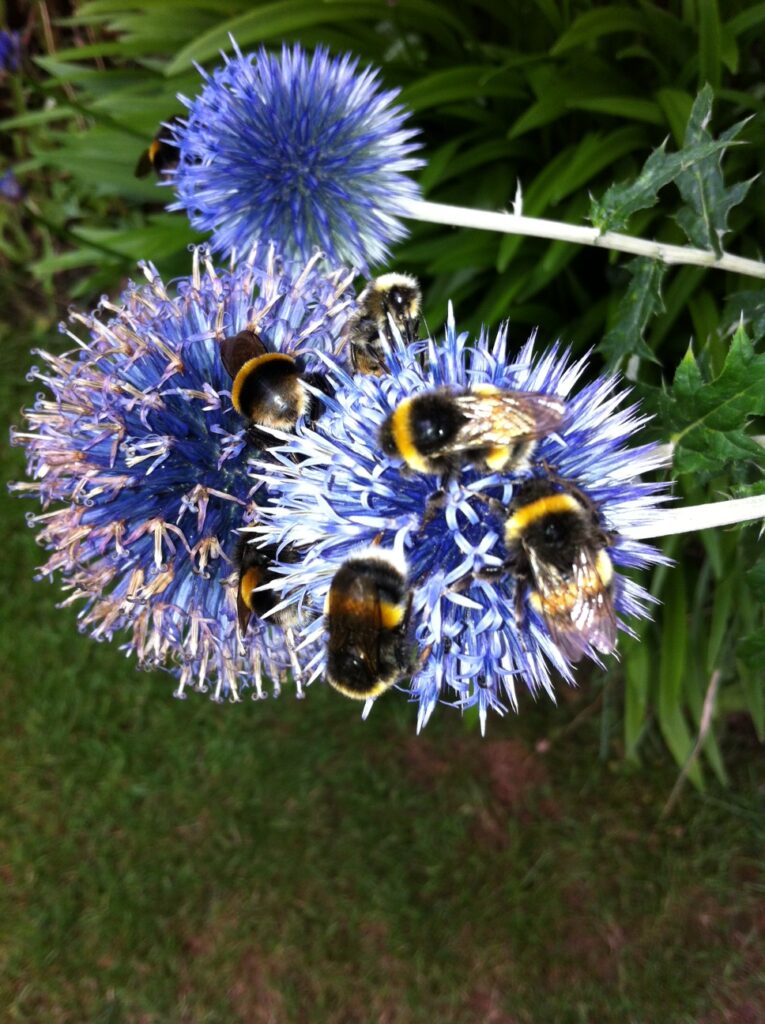Dear Integral Meditators,
When you think of the words “deep spirit”, or “deep consciousness” what sort of ideas and images arise in your mind? This weeks article investigates the encounter with deep spirit and what sort of experience it is.
Yours in the transformation power of deep consciousness,
Toby
 Is Spirit a Place of Light or Dark?
Is Spirit a Place of Light or Dark?
There is often a pre-conceived idea that the deeper dimensions of consciousness are somehow domains of heavenly light and bliss, but what is it really like when we connect to deeper levels of spirit and consciousness through meditation?
The deeper levels of spirit have been experienced by mediators and spiritual practitioners of all traditions and, rather than being a realm of light (as some of the levels of consciousness BEFORE we reach this deeper level are) the deep primal or causal level of spirit is a domain where light and darkness appear to merge and become paradoxically one. As the Christian poet Henry Vaughan said:
“There is, some say, in God a deep but dazzling darkness”
So, rather than being a realm of light per-se, the deepest level of spirit and consciousness (I’m using these words interchangeably in this article) are a place where light and dark come together as one.
Put another way it is a place that is beyond light or darkness, a place that is beyond the polarity of opposites.
If you are a consistent meditator, then the odds are after a few years you will start connecting to this domain of deeper consciousness in your meditations naturally, but we can accelerate the rate at which we connect and stabilize our experience of this domain by using images, here are three, they are very simple but very powerful:
- The Eclipse – Visualize a sun in the space in front of you. Imagine a dark sphere comes across and blocks the sun, as the moon does in an eclipse. So you are now staring at a dark sphere surrounded by an aura of dazzling light. Now imagine that you become that dark sphere that contains within its darkness a dazzling light. Be this union of light and darkness.
- The Union of Heaven and Earth – Sit on a chair with your feet squarely on the floor. Visualize dark life energy rising up from the earth through your feet. Visualize bright, white universal energy coming down through your crown from the sky. See the light and the dark energy coming together in the centre of your chest. As you observe the light and dark coming together, sometimes the space in the centre of your chest feels like a bright star, other times it feels and looks like a deep black hole. After a while it becomes a dazzling space of dark light. Allow your mind to relax and absorb into this dazzling dark space of primal spirit in the centre of your chest.
- The Starry Pool – See yourself descending a spiral stairway into the earth. Eventually it opens out into a cavern. In front of you there is a deep pool of water. On the wall on the other side of the cavern there is a small alcove where a candle burns in front of an image or statue that for you represents God/Goddess or Deep Spirit. Gaze into the pool. As you do so from within the deep blackness there emerge stars deep within the darkness. Allow your mind to sink into the inky blackness of the pool where there is deep darkness in combination with the bright lights of the stars. Feel the darkness and starlight becoming one and rest in that space. At the end of this meditation return back up the stairway to the earth’s surface, don’t just snap straight out and walk off!
These images are not about philosophy, psychology or metaphysics. They are images that you can use to create a personal, experiential encounter with deep spirit and allow yourself to be changed by this encounter.
© Toby Ouvry 2013, you are welcome to use or share this article, but please cite Toby as the source and include reference to his website www.tobyouvry.com
 What is the Quality of Your Calm?
What is the Quality of Your Calm? Four Types of Deep
Four Types of Deep
 Trusting the Random
Trusting the Random  Is Meditation about Stress Management or About Enlightenment?
Is Meditation about Stress Management or About Enlightenment? 

 The 20 Second Rule – Guerilla Tactics for Peace of Mind and Wellbeing
The 20 Second Rule – Guerilla Tactics for Peace of Mind and Wellbeing Three Types of Attention: Neutral, Constructive and Catalytic
Three Types of Attention: Neutral, Constructive and Catalytic